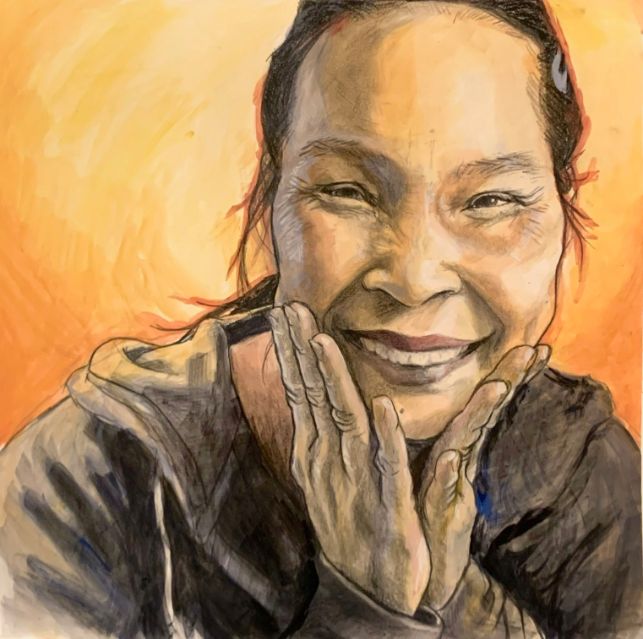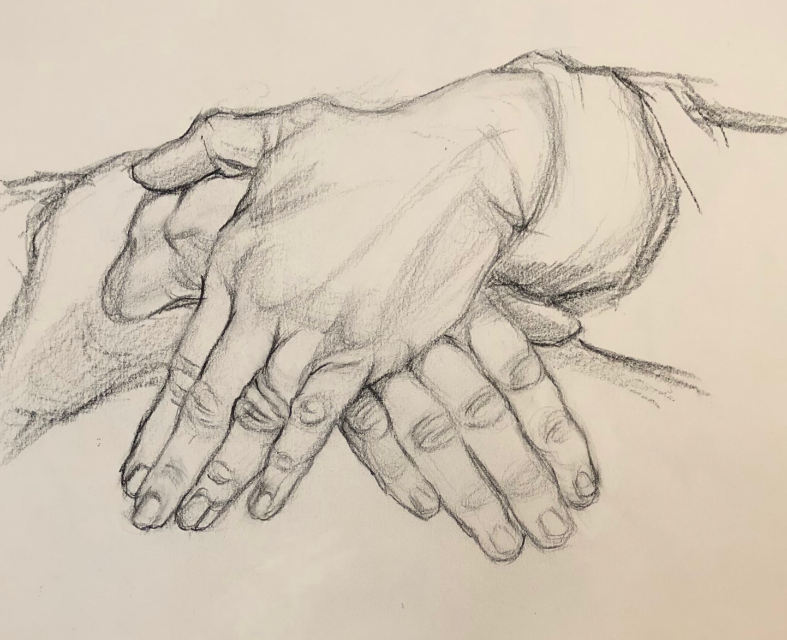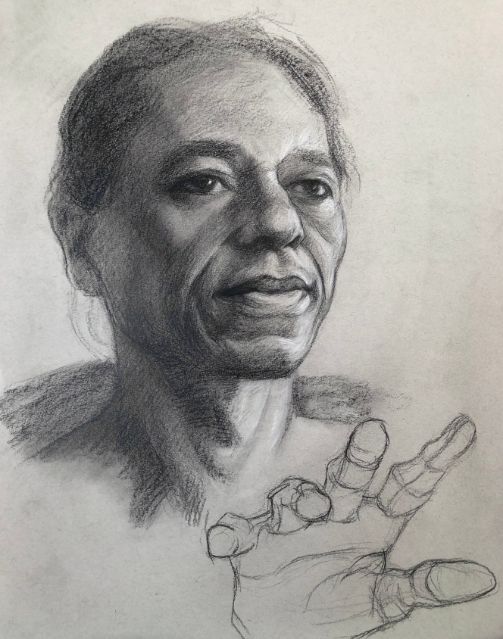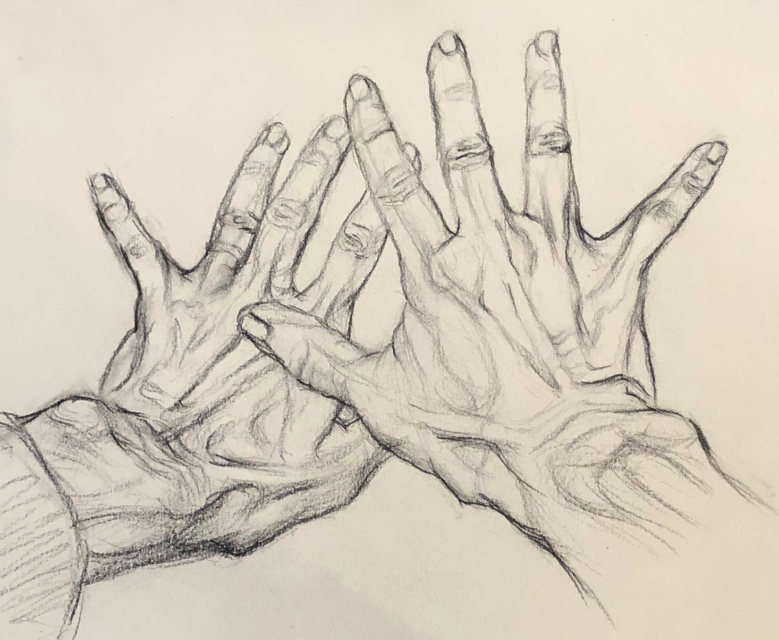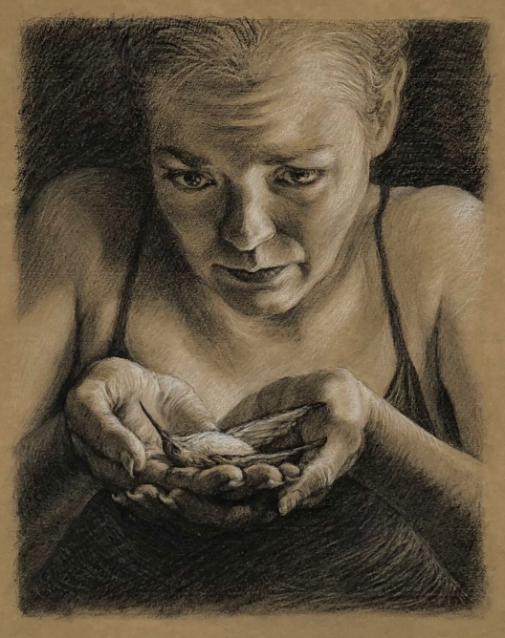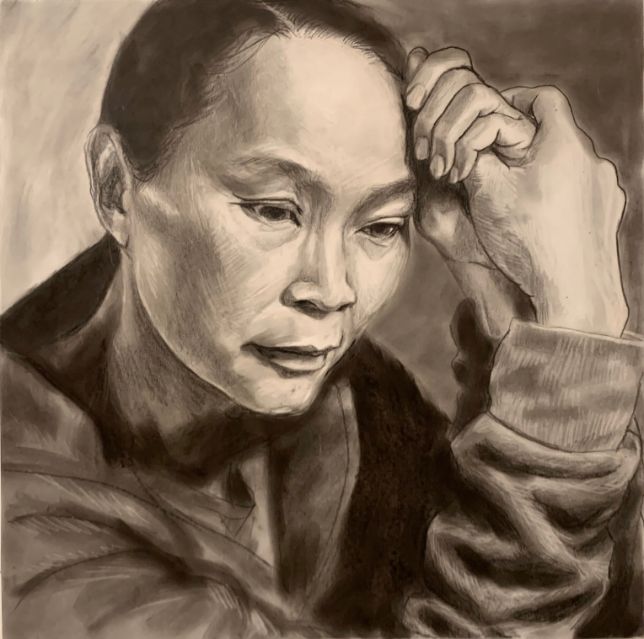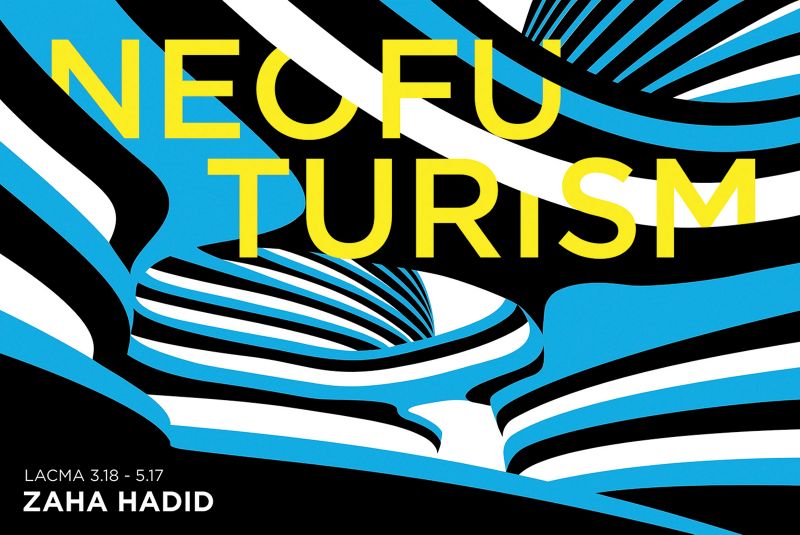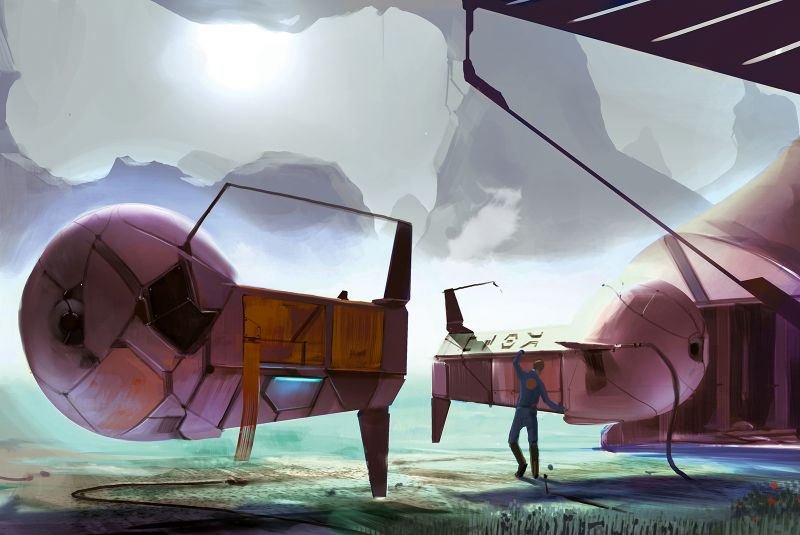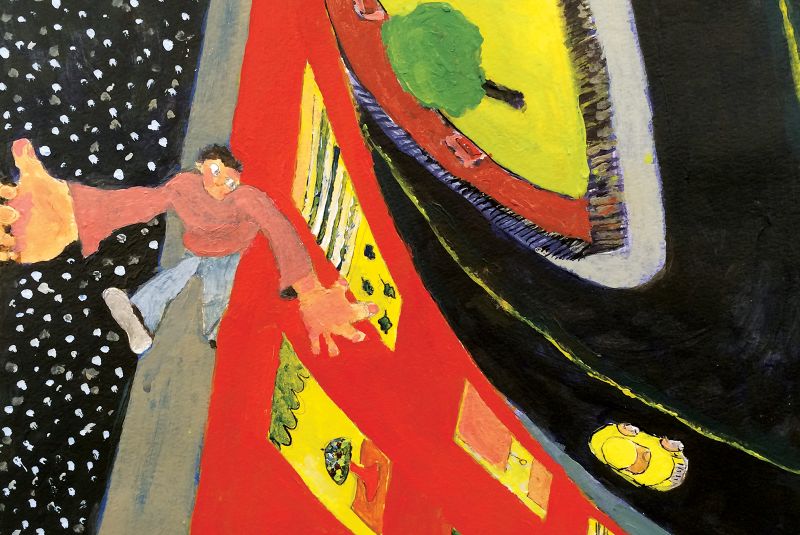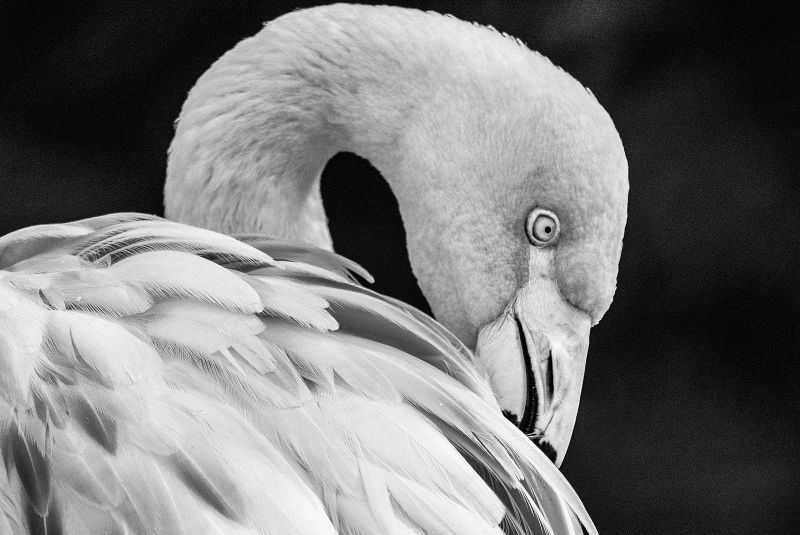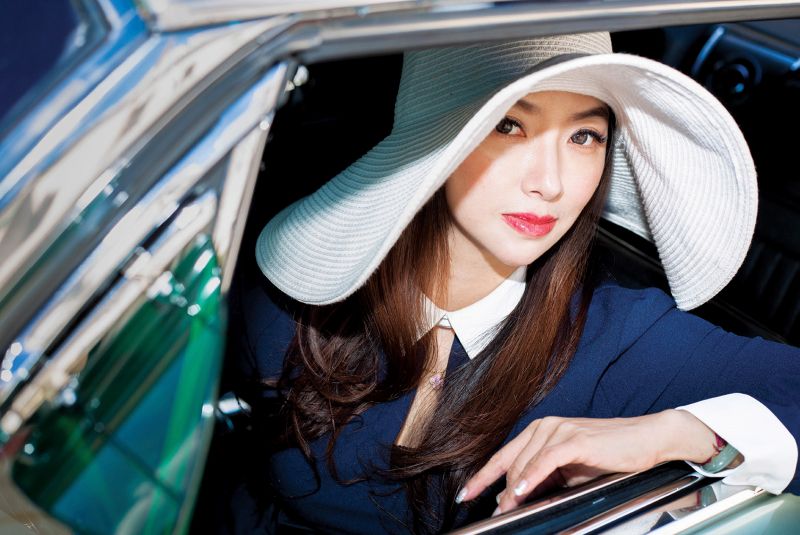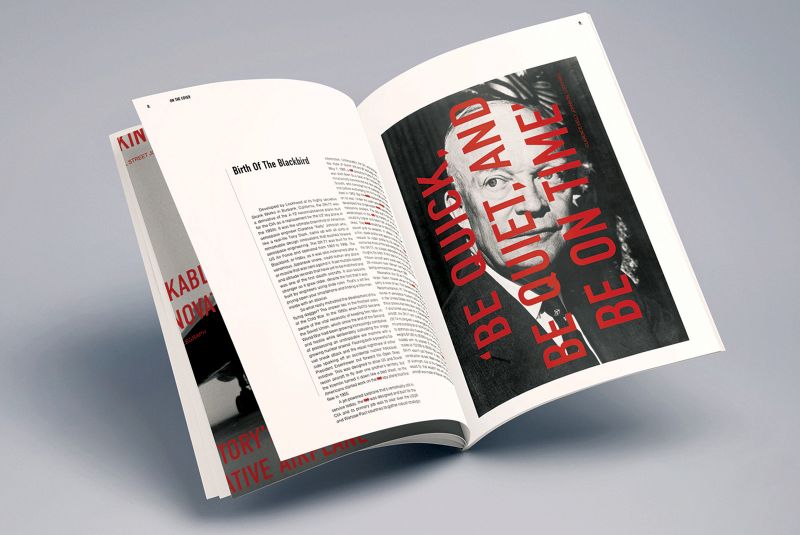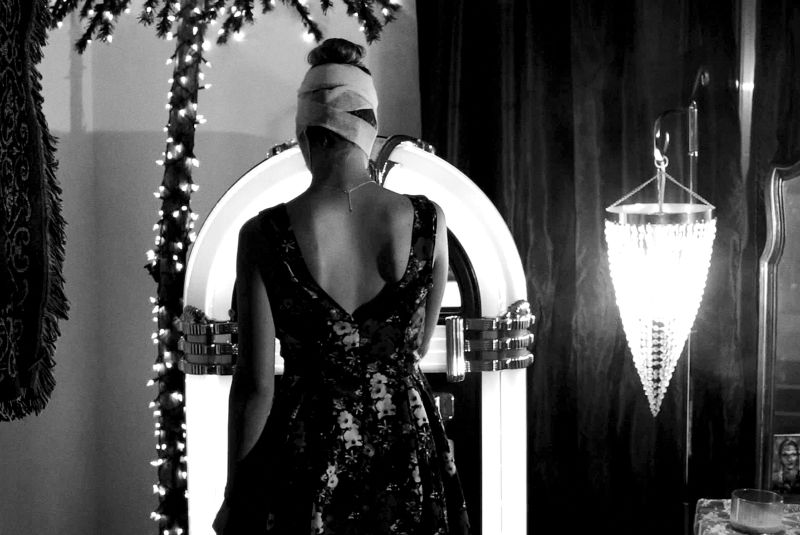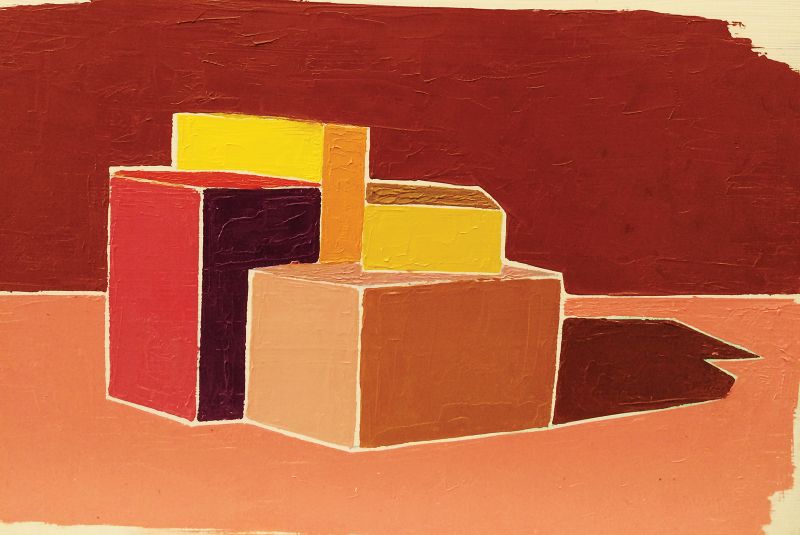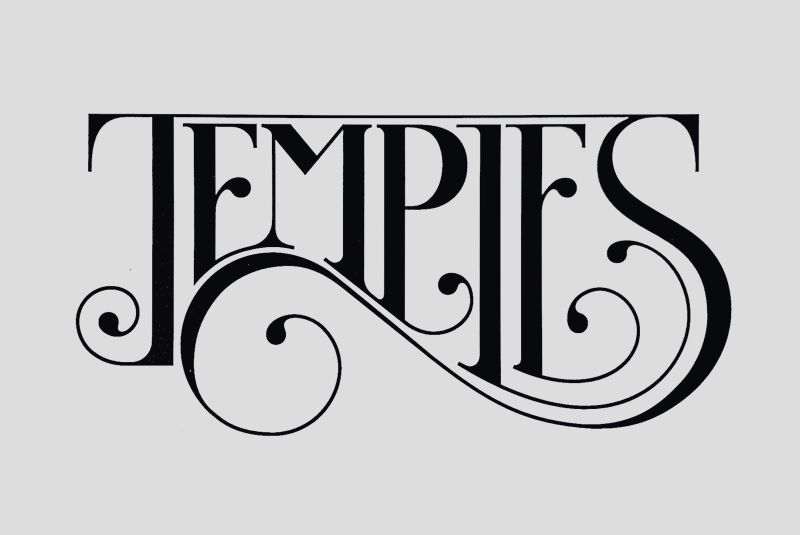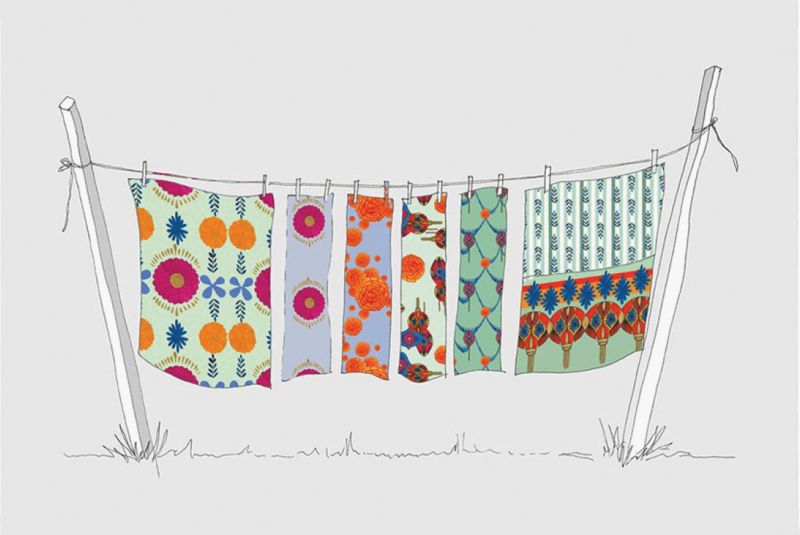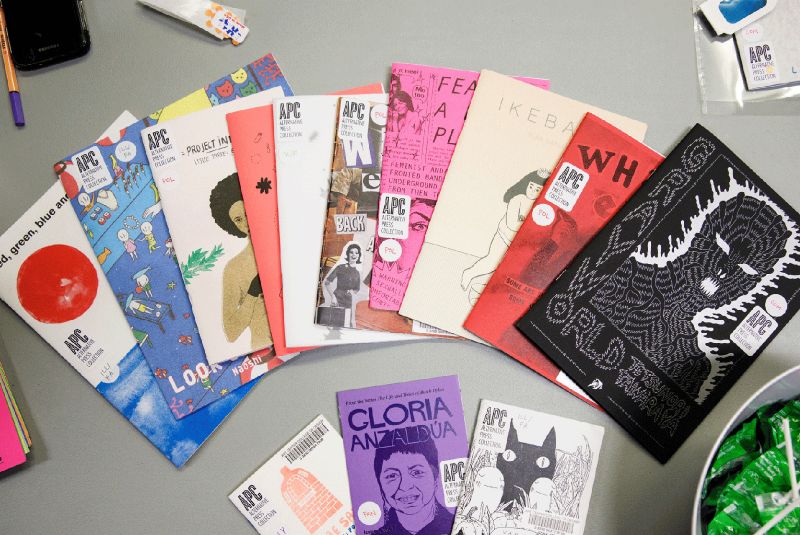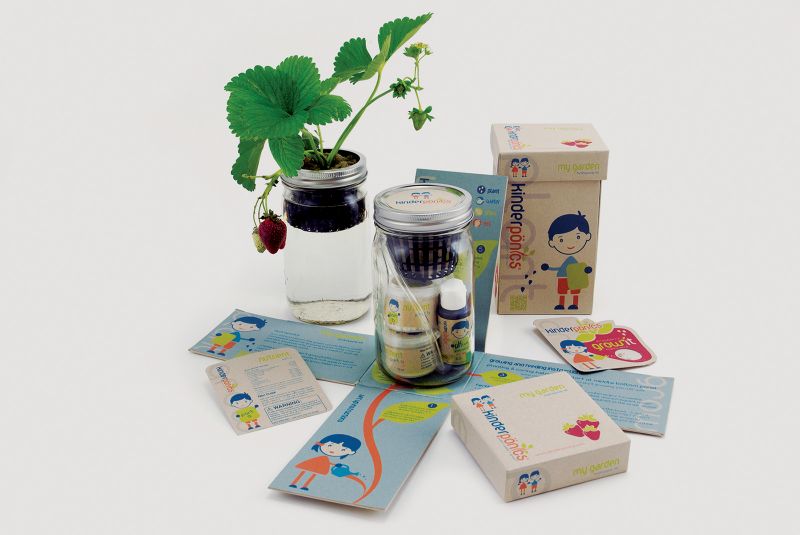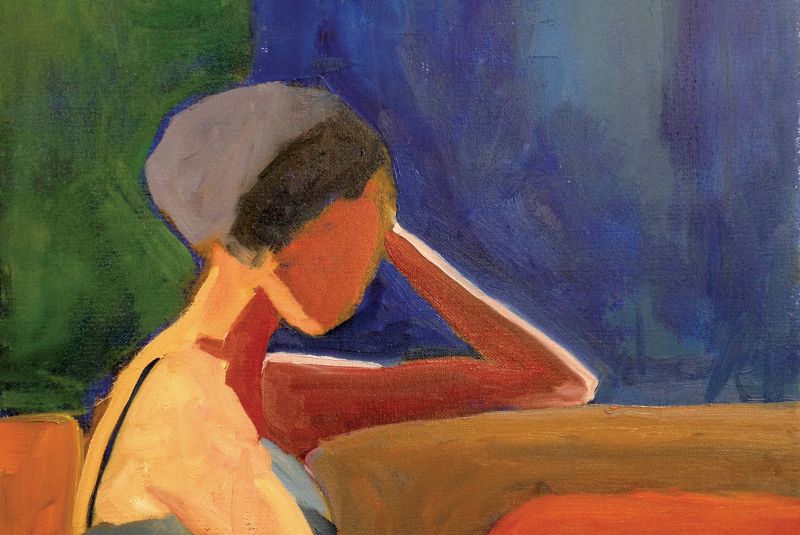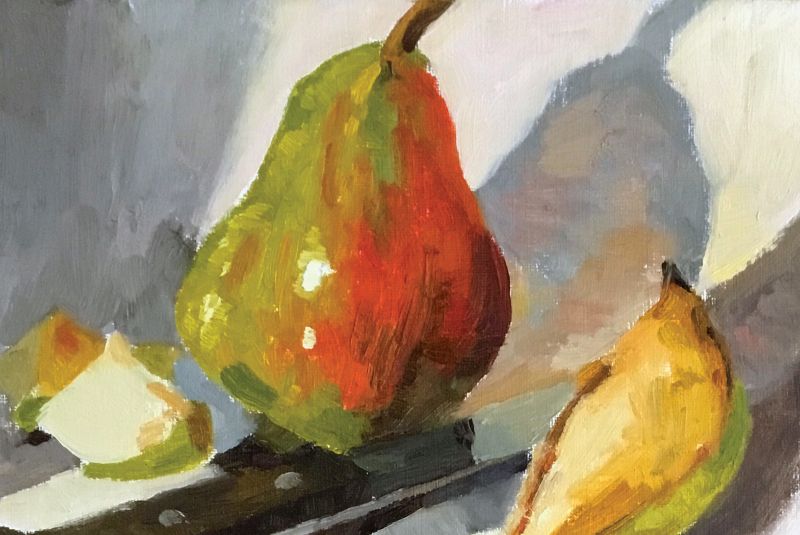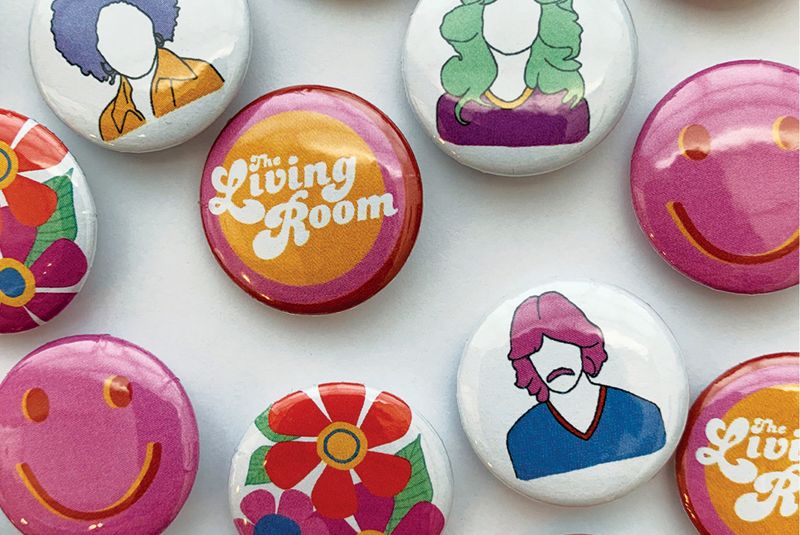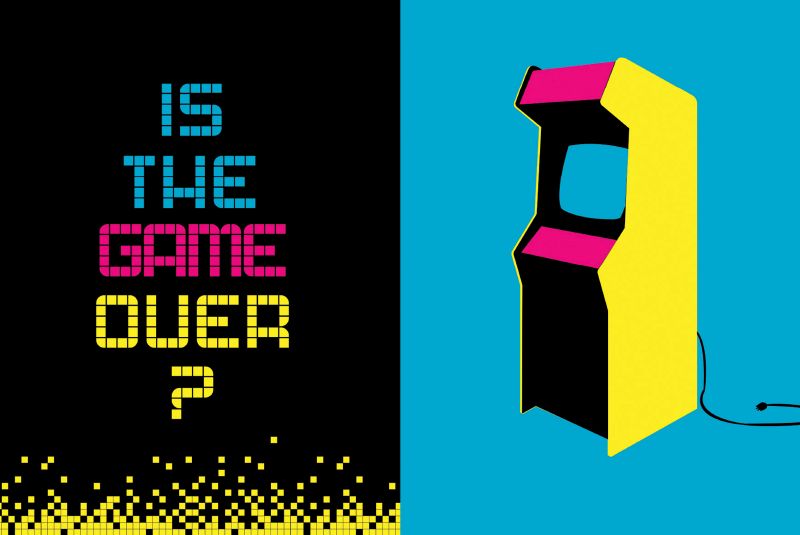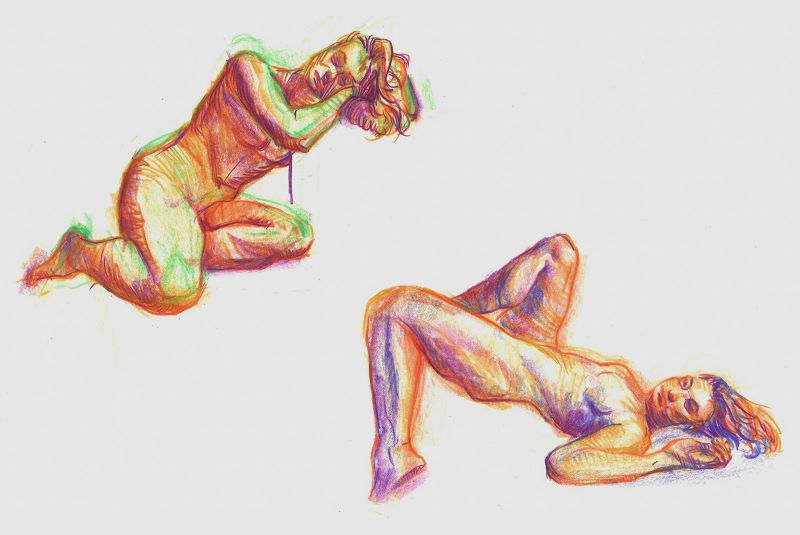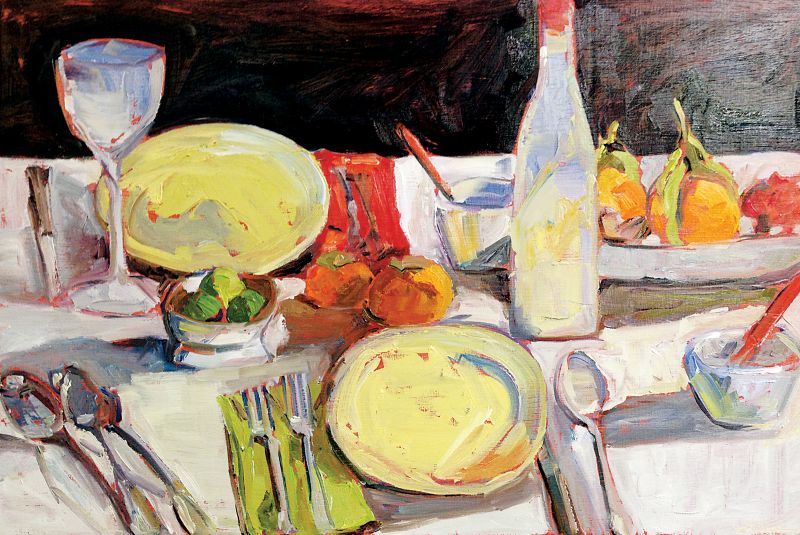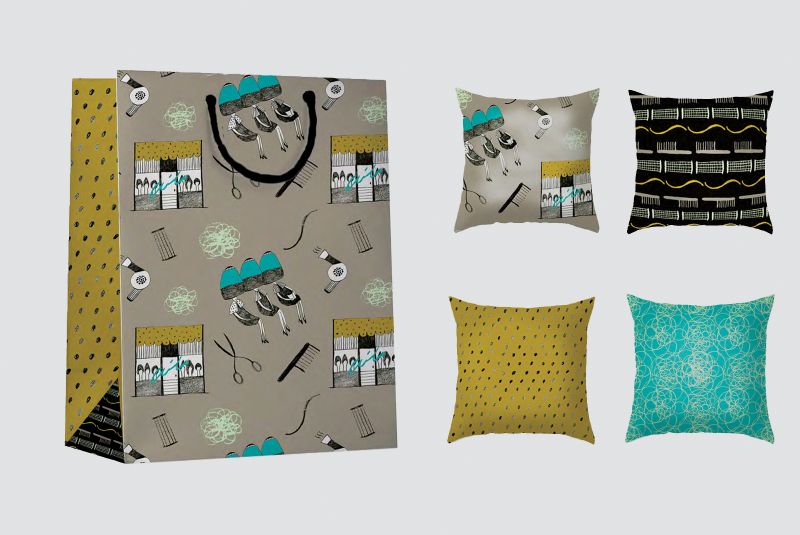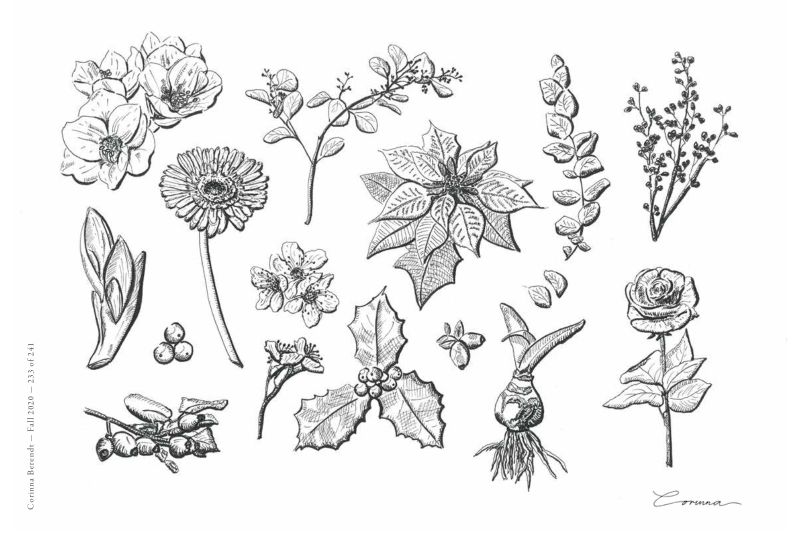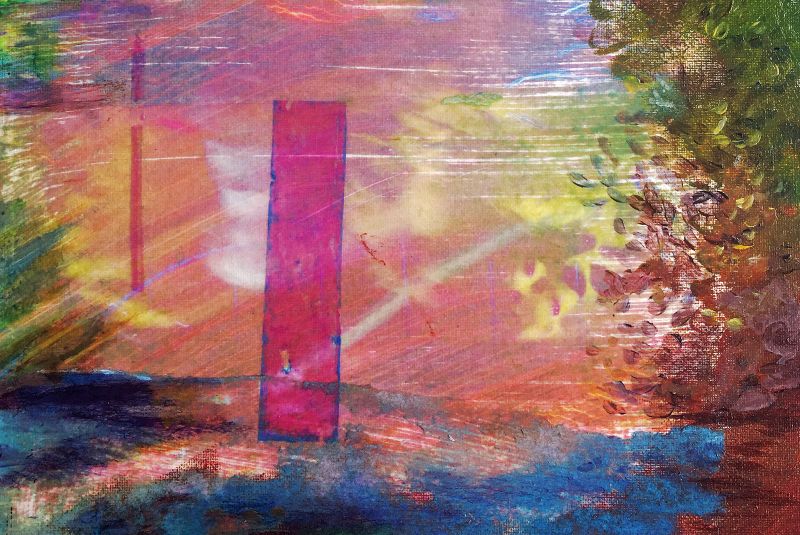State Authorization Policy How to Register My Account
ACX Kids ACX Teens
Shopping Cart

ACX-635
Learn to draw dynamic figures and characters from life and from your imagination. By studying gesture, expression, and human anatomy as it relates to entertainment design, you will enhance your understanding of how the body moves. Use a variety of traditional media to create figures and characters as you explore drawing, design, and different storytelling considerations. Prerequisite: Intro to Figure Drawing or by permission of an ArtCenter advisor.

ACX-539W
Are you a painter looking to break new ground in your work? Still Life: Fast and Slow will have you painting at two speeds. In this course, fast exercises will lead to new discoveries as you learn how to work intuitively and playfully. Slow exercises will build upon those discoveries and lead to the creation of larger compositions. To paint from life, we'll provide you with photo references or you can create your own still life setups. Presentations, demonstrations, and discussions will round out your experience. Oil is recommended, but other mediums are welcome. Instructor will email a supply list before the first session. Prerequisite: Introduction to Painting or by permission of an ArtCenter counselor.
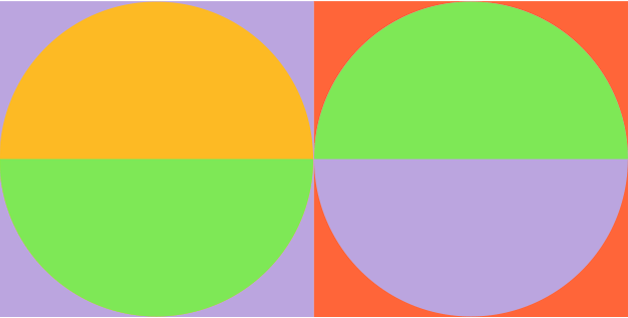
ACX-657W
For designers and other creatives seeking to attract high-value clients, level up their critical thinking skills, and increase their value in the marketplace, brand strategy can be the factor that makes a difference. This online workshop is designed to provide you with skills, confidence, and a road map for developing brand strategy for clients or your own business. Examine the role of brand strategy in brand development, the reasons why strategy is foundational to creating and managing brands, and how you can implement brand strategy with your clients. Prerequisites: Access to a computer or tablet and knowledge of presentation software (Keynote, Powerpoint, PDFs, etc.) See full description under Courses. Meets online.

ACX-211
Motion graphics, as incorporated in TV, film or online, is a fast-growing field. In this course, you will gain a working knowledge of current tools and techniques, allowing you to explore issues of rhythm, space and time using animation, sound and video. Build a repertoire of movements and learn keyframe editing and interpolation, masking, effects, basic sound editing and storyboarding for motion. Adobe After Effects is used as a teaching tool, but the skills learned can be transferred to any application or platform. Prerequisite: Digital Design 1 or by permission of an ArtCenter advisor. Access to a computer and software is required. Summer term only. Meets online.
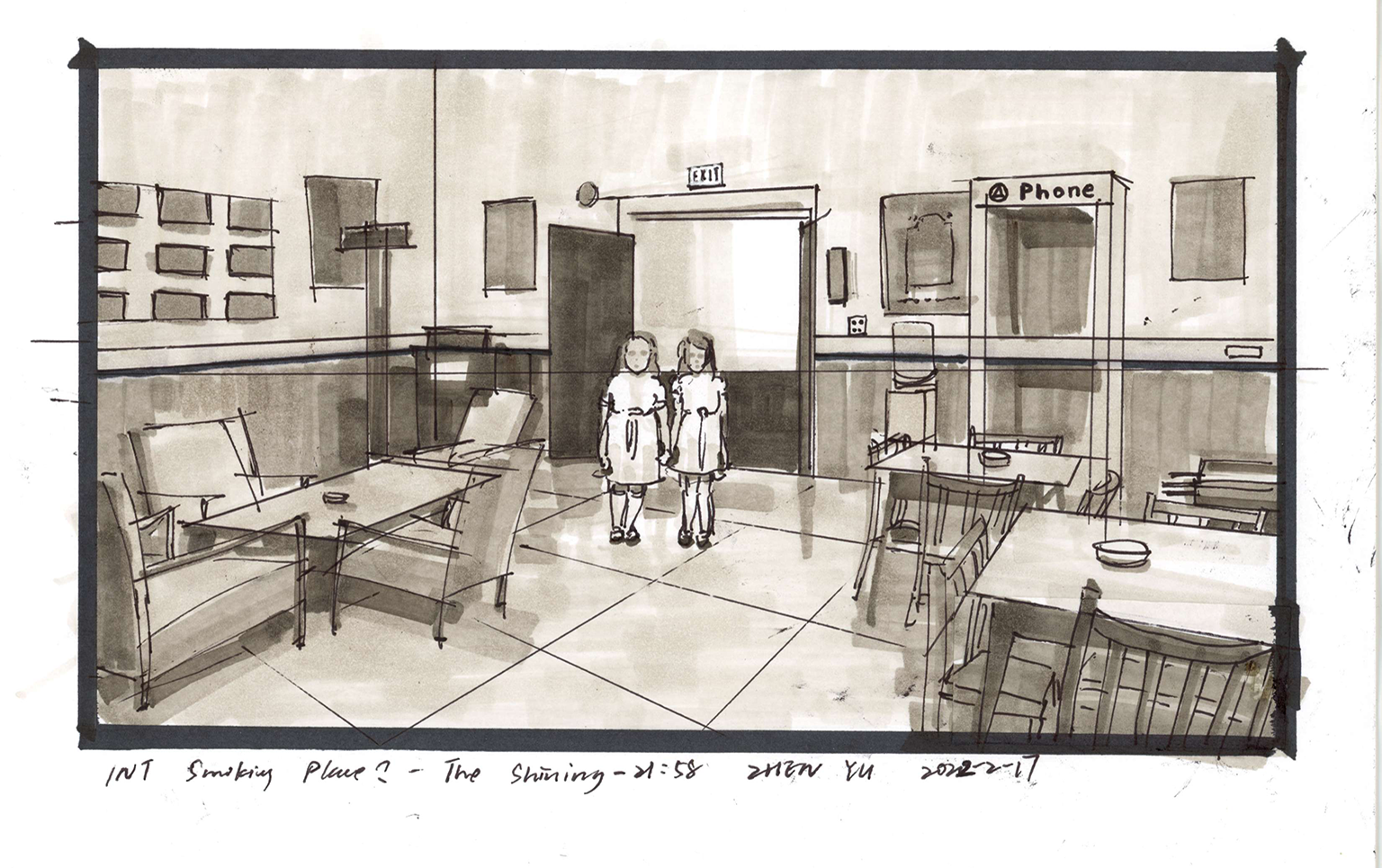
ACX-165
Explore the mechanics of visual storytelling and develop an individual and industry-typical style using hand-drawn thumbnails and Storyboard Pro software. Through discussions and demonstrations, discover different styles and techniques of sequential art used in live action, animation and commercial applications. An ideal course for students and professionals interested in expanding their skills. Prerequisite: Intro to Figure Drawing, proficiency using digital tools for drawing and visual communication. Summer term only. Meets on campus.
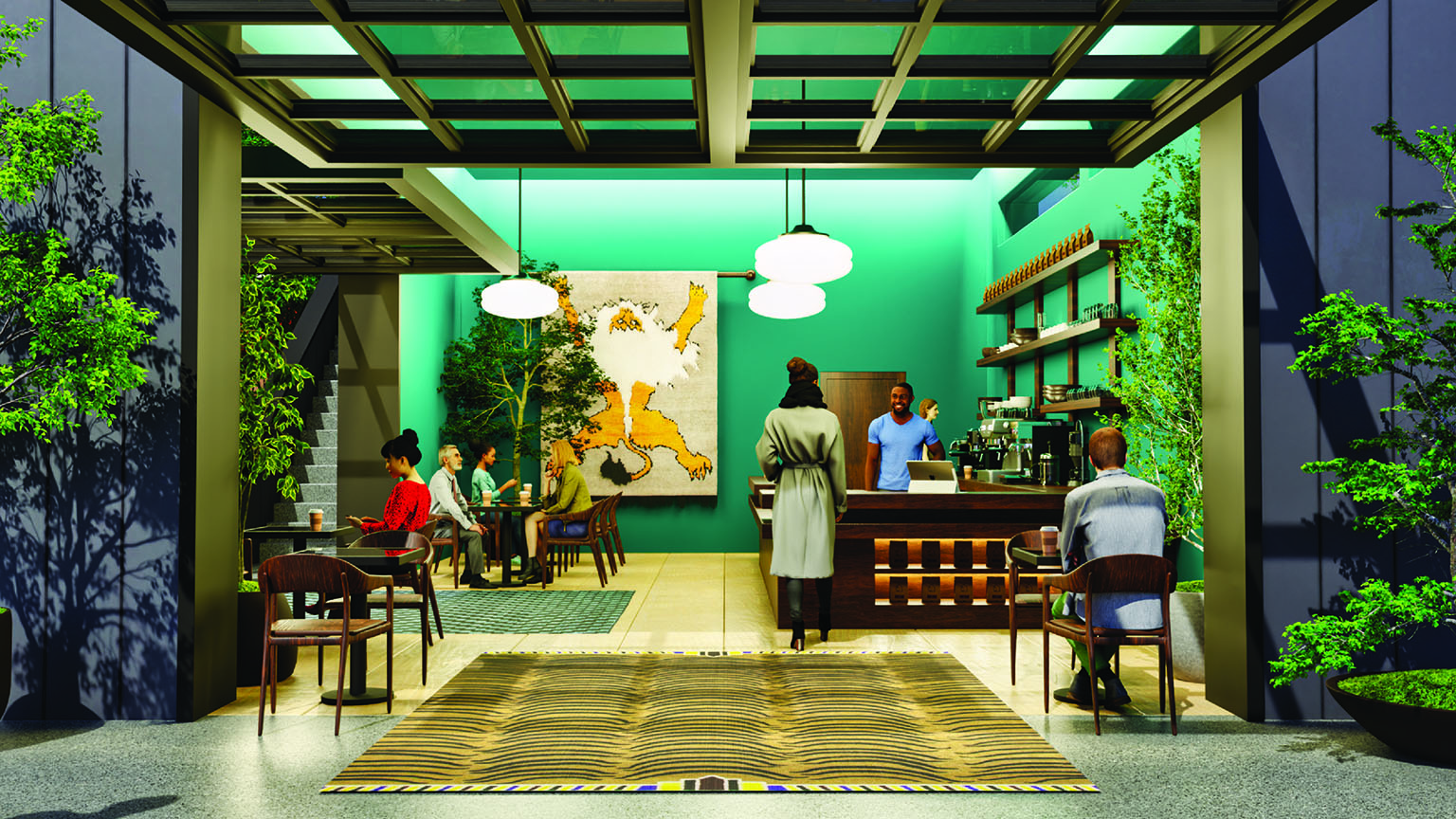
ACX-261
This 7-week online course is an overview of 3D computer-aided visualization concepts through the instruction of industry leading software, Rhino 3D, with the focus on modeling for the design and representation of built environments and furniture. The use of V-Ray for still image rendering will be introduced and the course will touch on the use of Photoshop and Illustrator as essential support tools. The course is structured around three primary functions, Basics, Representations, and Advanced Modeling, which are not seen as completely separable, and intertwine with each other throughout the class. Prerequisites: access to a computer with Rhino software. Meets online.
Head and Hands teaches students to draw the head and hands from any angle
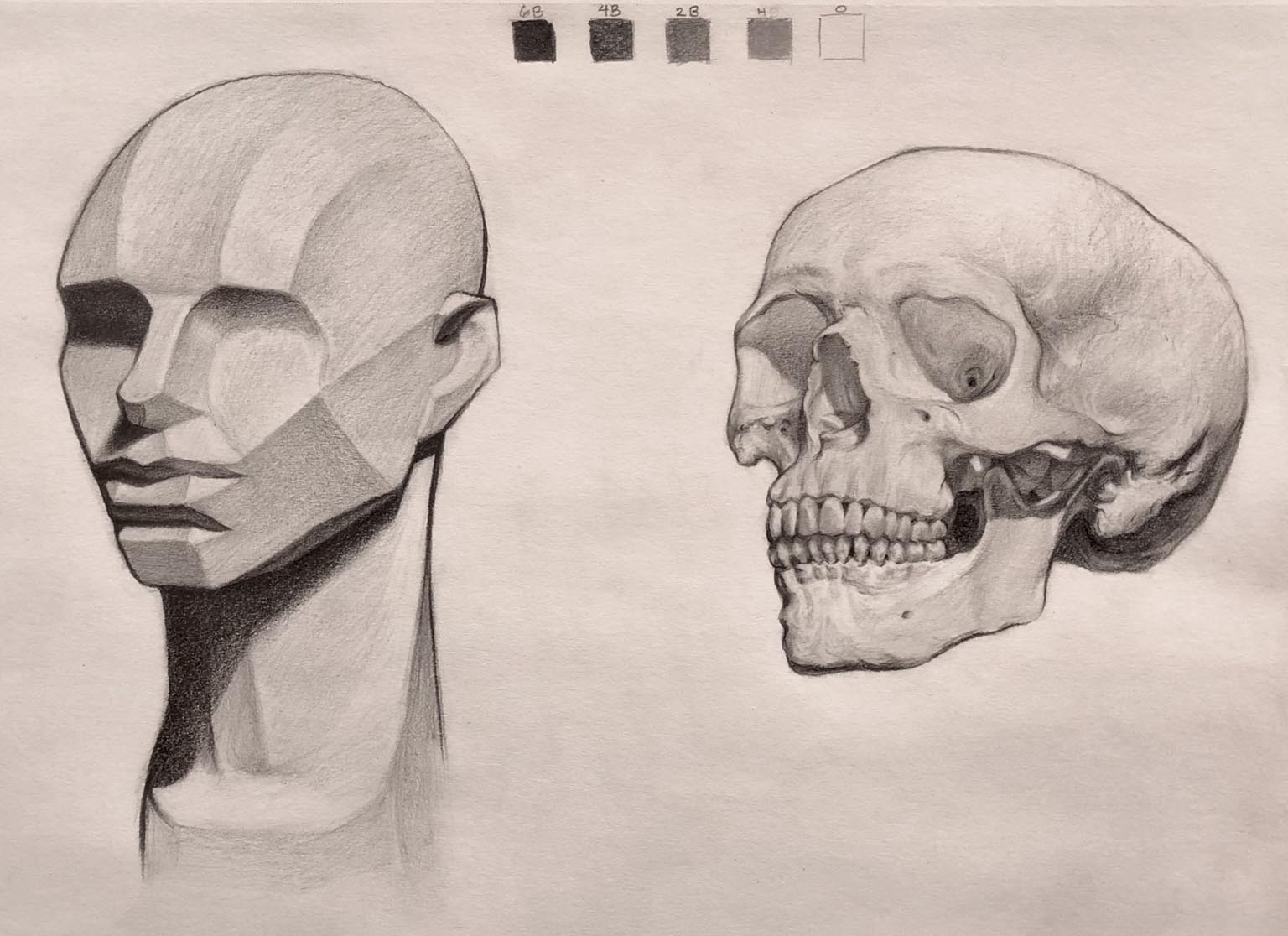
Student work from Head and Hands
Instructor: Jenna Gibson
In the ACX course Head and Hands, taught by artist and ArtCenter alum Jenna Gibson (BFA 12 Illustration), students learn how to read and understand the primary forms of the face and hands, and translate that knowledge into an artistic statement.
In the course, Gibson teaches students how to draw the head in action, in any position; how to convey the energy of a pose; and how to draw hands dynamically and expressively by breaking them down into simple forms. Students ground their observational powers through an understanding of the planes of the head and anatomy.
“The study and understanding of anatomy are strengths that students will acquire in this course, which, in the long run, helps them to better draw the head, face and hands from any angle, from their imagination,” Gibson says.
Teaching the course online has huge advantages, she says.
“We draw from the same source and angle, which makes it easier to compare and improve a drawing,” Gibson says. “Being able to ‘pin’ two screens, side-by-side, is a creative way to follow the demo, while viewing the subject at the same time.”
In Head and Hands, aspiring artists and working professionals get the chance to boost their drawing skills and create a portfolio for professional development or to apply to one of ArtCenter’s degree programs.
The course successfully builds skills from one week to the next.
“Learning basic drawing techniques and rendering also helps any artist advance their skills and portfolio,” Gibson says.
Prerequisite: Intro to Figure Drawing or by permission of an ArtCenter advisor.
For examples of student work, visit the gallery.
Summer 2024 registration period
04.04Scholarship deadline
05.13Summer classes begin; Late registration and drop period begins
05.17Last day to add a class
05.27Memorial Day - Campus closed
06.19Juneteenth - Campus Closed (no classes)
06.28Last day to drop a class
07.04 -07.05Independence Day - Campus closed
08.17Summer classes end




